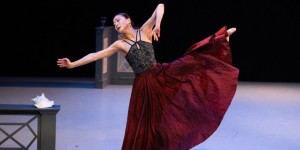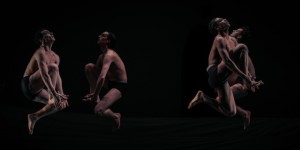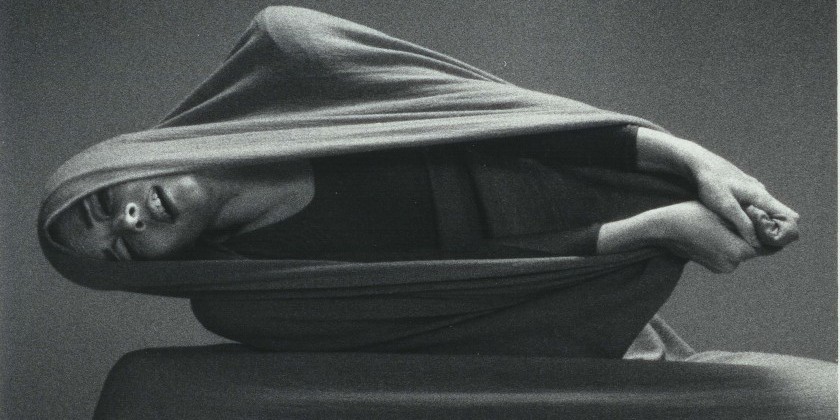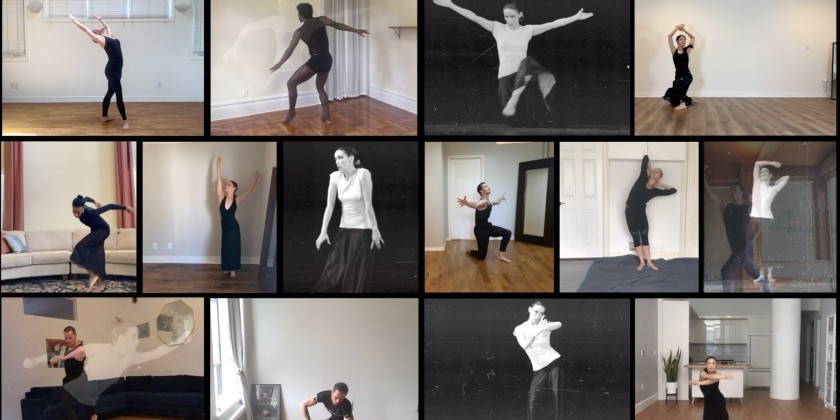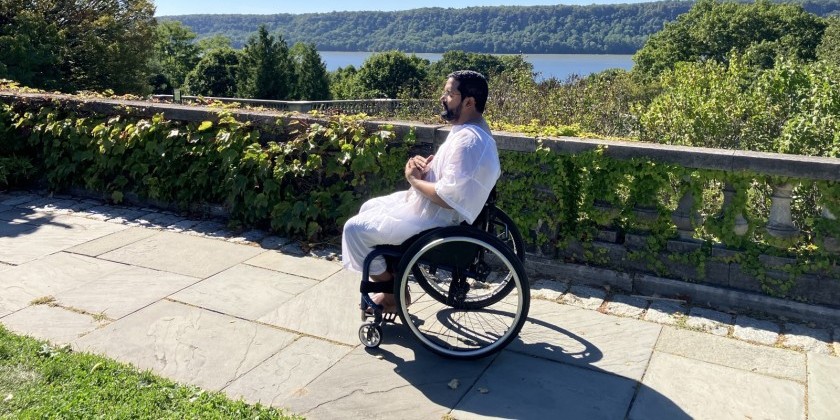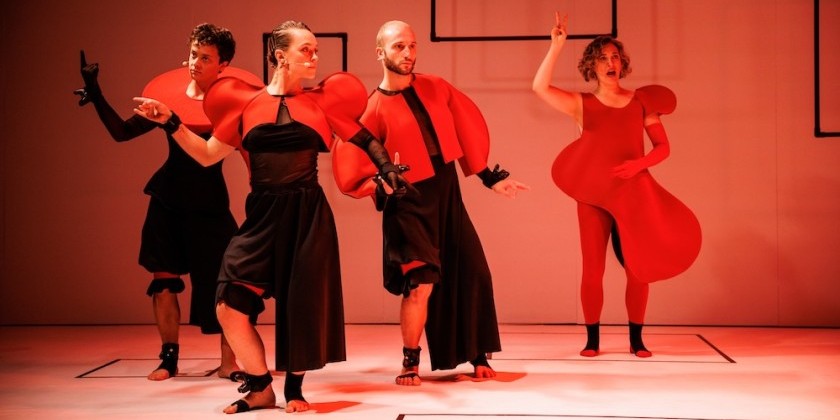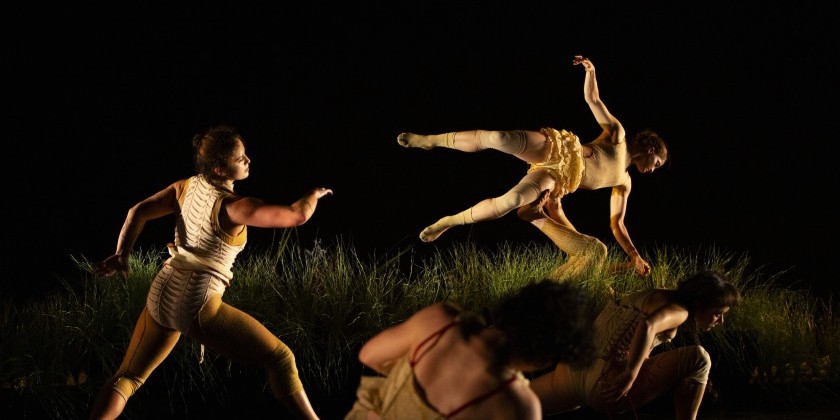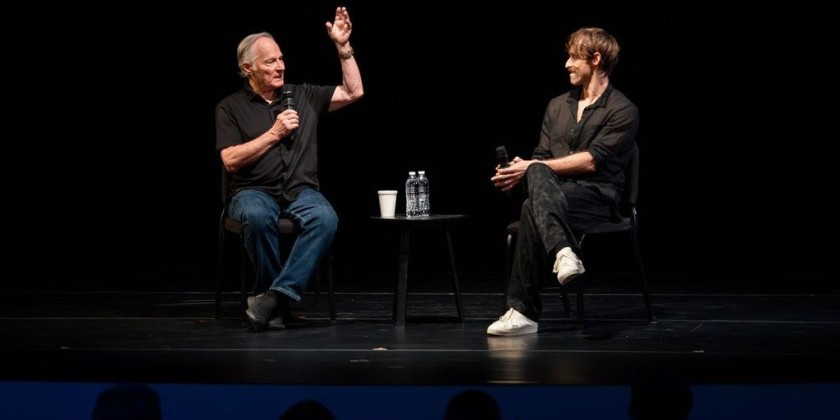DAY IN THE LIFE OF DANCE: A Graham Gathering - Talking about the Revolution/Evolution of Women Leaders in Dance with Graham Dance Company's Janet Eilber and Danse Lumiére's Kathryn Roszak

September 20, 2022
Martha Graham Studio Theater
With Performances by: So Young An and Natasha M. Diamond-Walker
A vowel makes all the difference — women, rather than a woman in dance. Including multiple female voices in dance leadership promises equity and positive change. Janet Eilber, artistic director of the Martha Graham Dance Company since 2005 — tonight celebrating her 50-year affiliation with the company (from leading dancer to director) — and Kathryn Roszak, artistic director of San Francisco’s Danse Lumière, a ballet company known for highlighting literary works, as well as choreography by women, conduct the discussion. Both accomplished directors are especially equipped to talk about the importance of women dancers’ leadership, historically and presently. “Women have always had a voice,” says Roszak, “but that voice wasn’t necessarily always being heard.”
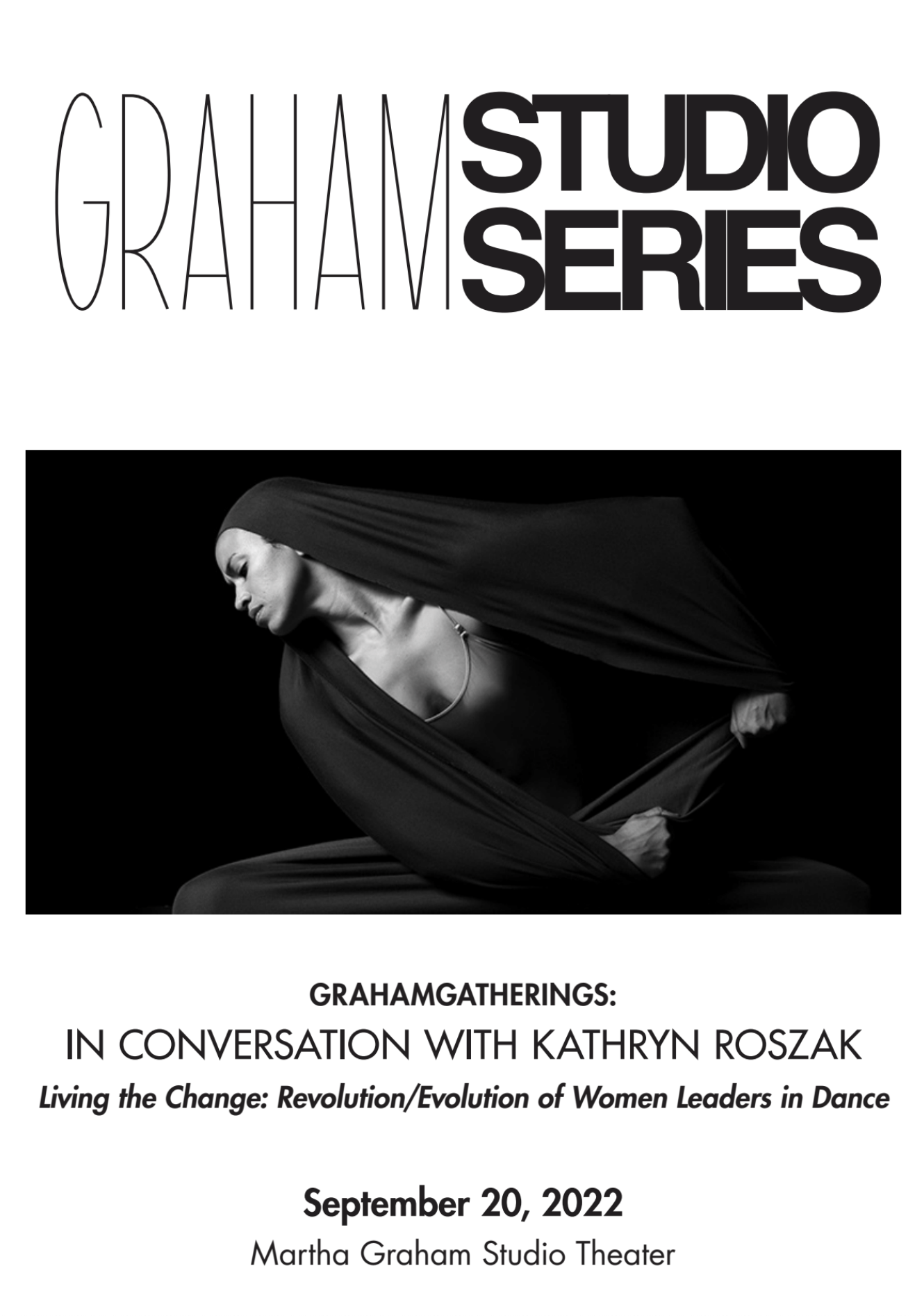
GrahamGatherings are a new type of event for the Martha Graham Dance Company Studio Series. They are designed to offer in depth conversations about topics of interest to the field -at -large., GrahamGatherings benefit Martha Graham School scholarship programs.
The Graham Studio Series talkback invites advocacy and open dialogue as Roszak and Eilber break down their respective fields' histories. “Modern dance has always been about the voice of the individual,” says Eilber. Pioneers such as Martha Graham, Isadora Duncan, and Ruth St. Denis, to name a few, “created roles for themselves.” Graham is referred to as the “Mother of Modern Dance” for good reason. She choreographed iconic works creating a language and space for women to see themselves and delve into their interior lives onstage.
Today the Martha Graham Dance Company continues to make space for women by welcoming such choreographers as: Sonya Tayeh, Andrea Miller, and Pam Tanowitz to comment on Graham’s legacy with contemporary eyes.
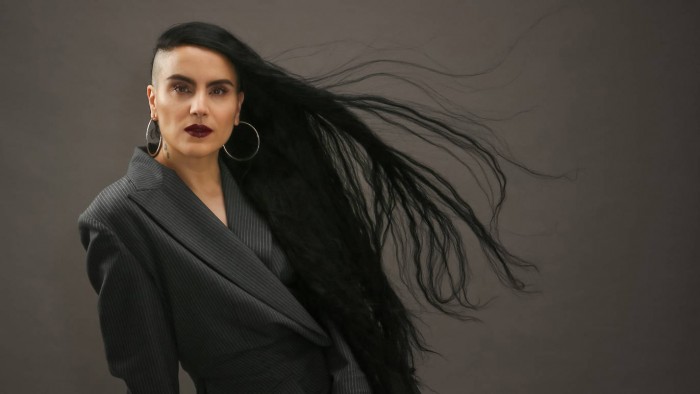
Sonya Tayeh, Emmy and Tony Award Winning Choreographer, recently was lead choreographer of "Canticle" for MGDC; photo courtesy of the Martha Graham Dance Company
While the history of modern dance brims with female leaders, ballet's story did not similarly unfold. “Ballet really began with horses and men,” says Roszak, as she begins to describe the timeline of her art.
Court dances were performed for aristocratic weddings and celebrations as royal entertainment. The first formal court dance was performed in the 15th century during the Italian Renaissance. At the time, dancing was one of the paramount disciplines for men to showcase their nobility, alongside horse-back riding and military training. “So, why so many women in ballet?” she asks.
Louis XIV founded the Académie Royale de Musique, now known as the Paris Opera Ballet, in the late 17th century, creating some of the first celebrated ballerinas. The most well-known expansion for female ballet dancers was during the Romantic Period in the mid-19th century. Swedish-born dancer Marie Taglioni, often called, the first ballerina to dance repertoire on pointe, performed La Sylphide in 1832. The ethereal effect of the pointe shoe added a supernatural dimension to ballet technique, extending womens’ bodies several inches off the floor. It was because of this that the ballerina became idolized, while the male danseur’s star status diminished (although men still choreographed most of the ballets).
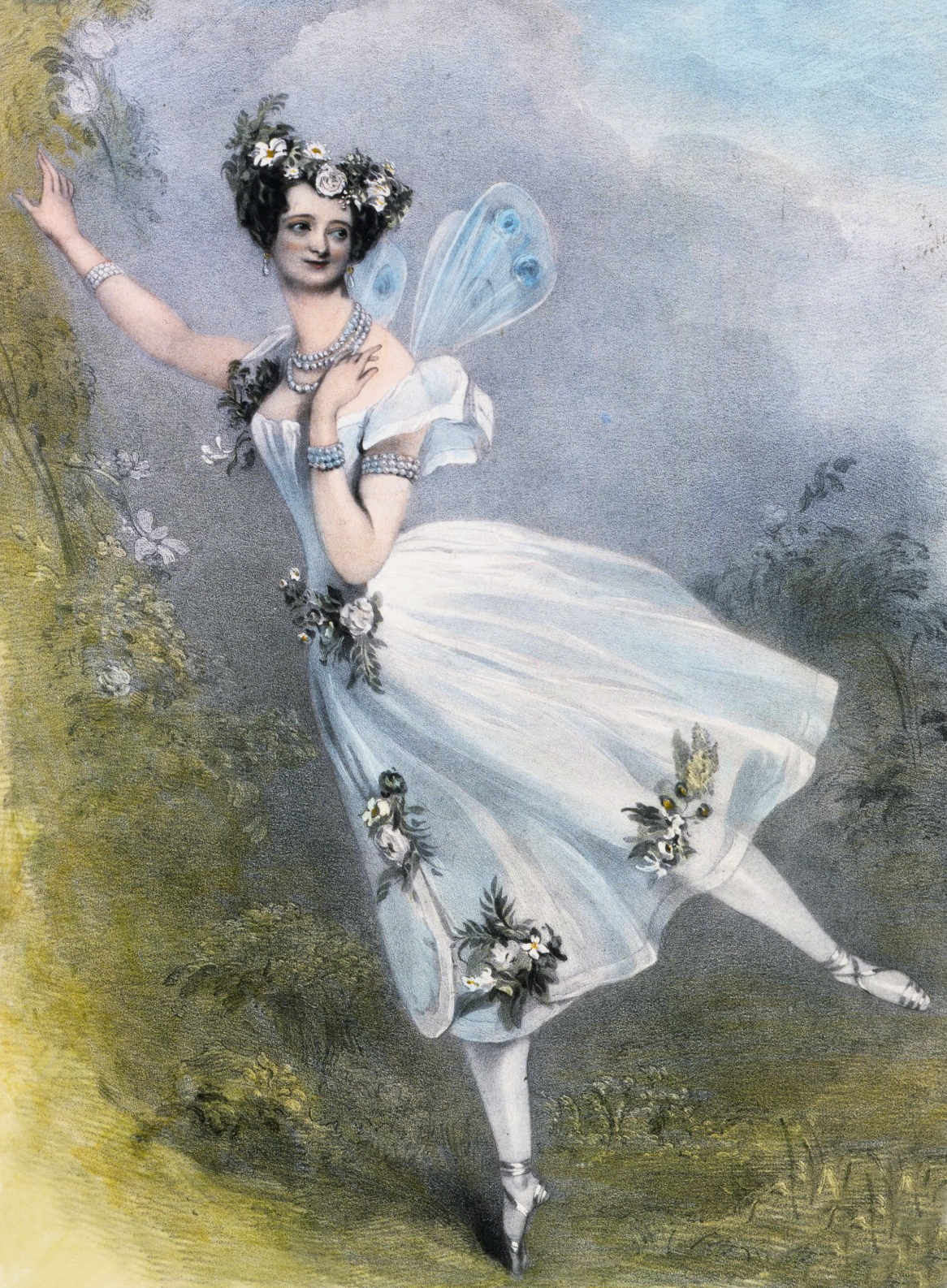
While it's clear American modern dance and European ballet were based on different principles, today women artists in both genres continue to strive for equality. Roszak brought the Dance Data Project to our attention. This project was founded in 2015 by Elizabeth Yntema in order to promote gender equality in dance. Its most recent data report, published May 1st, 2022, reflected generational suffering of women at the expense of COVID 19’s impact and workforce losses. A statistic from the National Endowment for the Arts included in the Dance Data Project report revealed that female artists still earn only seventeen cents for every dollar male artists earn.
Transitioning from conversation to movement, two pieces of choreography by women were brought to the stage. Martha Graham’s Lamentation, which premiered in 1930 at the Maxine Elliott’s Theatre in New York City, was performed by Natasha M. Diamond-Walker, a Graham company member since 2011. Weaving between swift, robotic contractions and luminous spirals, Diamond- Walker, through Graham, evocatively encapsulated grief. We witnessed first-hand Graham’s genius vocabulary capturing the depth of human experience.
The second solo work shown, titled The Unspoken, was choreographed by Roszak and inspired by Isabel Allende’s novel The House of the Spirits. “The solo is about a woman whose silence is powerful,” says Roszak. “She only moves when it’s time to move, speaks when it’s time to speak.” Graham dancer So Young An’s vast yet vulnerable gaze expanded beyond the studio theater walls. Followed by quick footwork and beautiful long lines, her expression brought Allende’s "spirit" to life.
“What we hope to see are more womens' stories on the stage,” says Roszak.
Eilber and Roszak recognize an increase in commissioned female choreographers and artistic directors nationwide; however, the constant push and pull of progress for female equality in dance continues. Until awareness turns into result, commitment to empowering female voices in the dance industry remains crucial.




